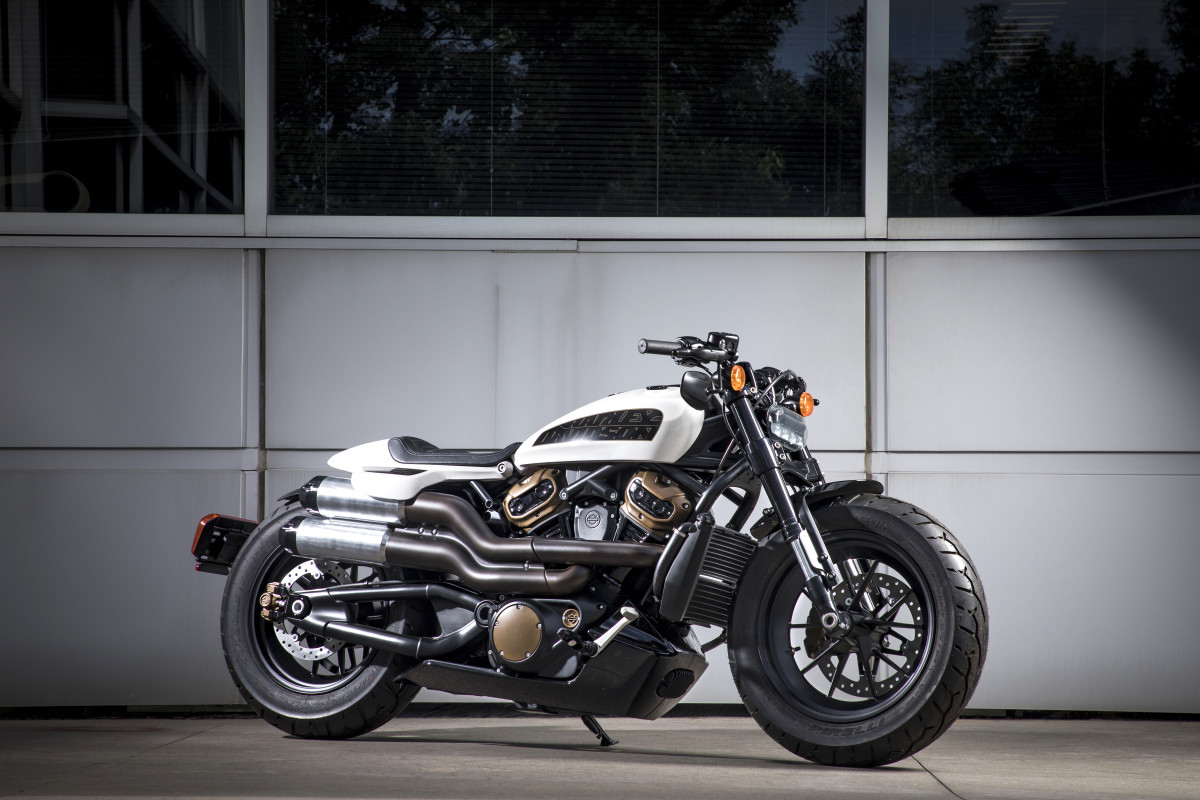
The world exploded a little when Harley-Davidson released a bunch of pictures and some little information about a host of new models it plans to release in the next few years.
This is quite big news. And since there are pictures to back it up, it must certainly be serious news and not that fake news stuff that upsets people.
Of course, moments after the images became public, the usual Harley villagers assembled in the Harley village square, lit their torches, took up their pitchforks, and started prophesying the End Of All Things.
I’m really kind of over those villagers to be honest.
And I think Harley is too, judging by the slew of new models it plans to introduce, not one of which is aimed at its normal market – which is just not buying the product anymore.
Harley’s sales, if you’ve been paying attention, are somewhat in the toilet. They have in fact been heading south for what is now five consecutive quarters.
When that happens to a company, that company sits the hell up, pays attention, and immediately begins to address the issue lest it cease to be a company.
So what was, or is, Harley’s issue?
It’s really a bunch of issues which have coalesced into a plunging sales graph that is somewhat frightening.
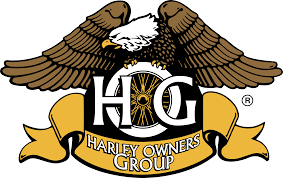
Firstly, Harley’s traditional demographic is ageing. All of them Boomers who decided they wanted what Harley was selling so successfully in the 90s (IE. A somewhat confected lifestyle based mostly on the look of traditional outlaw clubs, but wholly pasteurised and stage-managed by Harley’s marketing department and dubbed HOG, or Harley Owners Group) are now in their late seventies and even eighties and far more interested in Zimmer frames, colostomy bags and nursing-home vacancies than they are in rolling thunderously across the landscape caparisoned like pirates.
Harley, to its credit, had the wit to make much hay while that particular sun shone, but that marketing ploy was always going to end predictably.
You see, once upon a time, a Harley was so cool it was like a polar bear eating a frozen penguin on an ice-floe off the coast of Iceland.
Rebellious youths the world over identified with the iconic bar and shield, put their stonking hot girlfriends on the back of heavily modified Harleys, and set about outraging public decency and morals.
But when accountants, lawyers, and stock-brokers started buying Harleys in the 90s and hoping some of that dangerous outlaw glamour rubbed off on them, the end-game was obvious.
And we have now entered it.
Millennials behold Harleys as something old people ride. Old people who dress funny. Old people who are the diametric opposite of anything that has ever been cool.
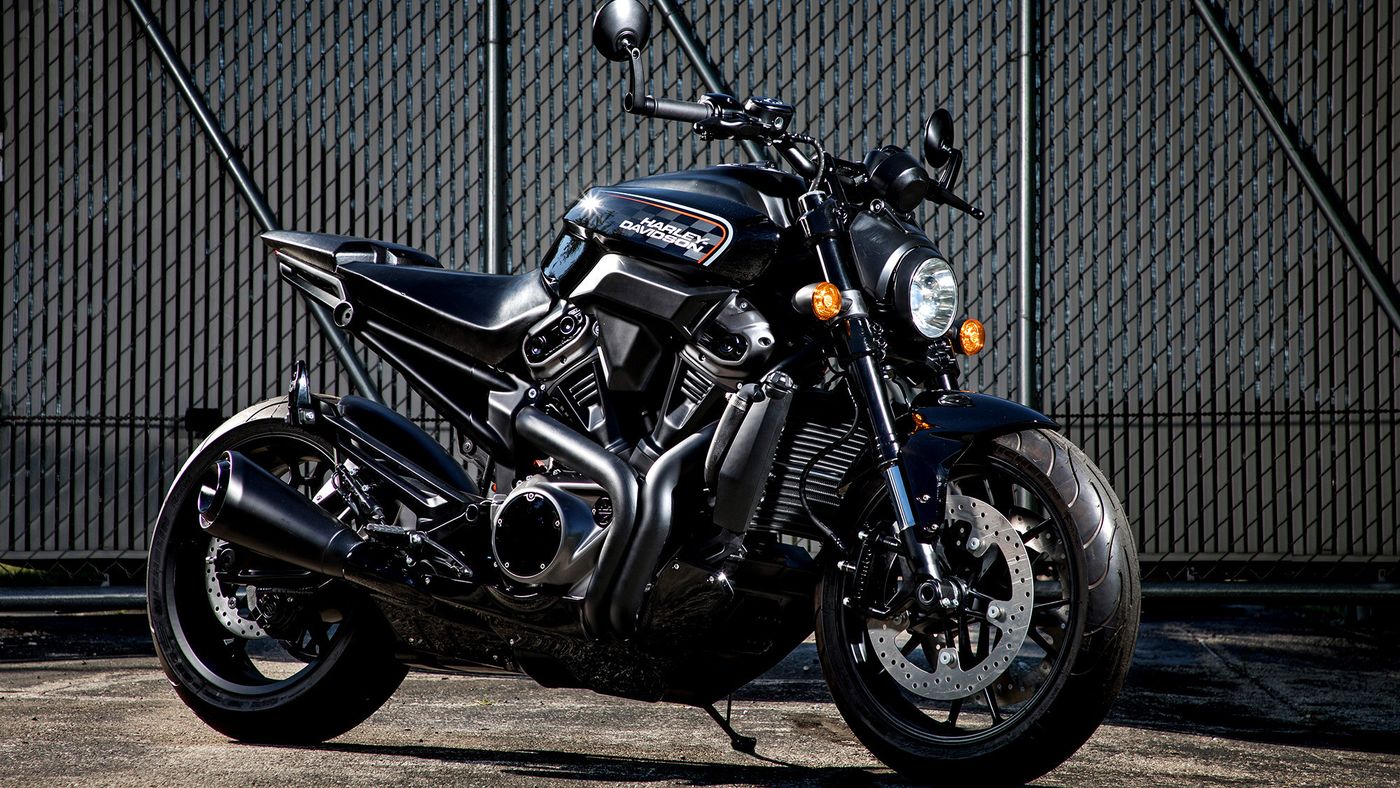
At the same time, outlaws, which have always been the avatars of cool precisely because of their dangerous nature, have either become invisible (certainly in Australia), or have become so utterly criminalised they have ceased to have any appeal to millennials – who have unhelpfully become more risk-averse even as they grew bushrangery beards, pulled on super-tight girl-jeans, and tattooed themselves heavily in a vain attempt to appear manly and tough.
You would think such creatures would automatically gravitate towards a thunderously-piped Softail with a fat rear-tyre and a liquid paint job.
Apparently not. A small proportion of them prefer to haphazardly resurrect old Jap bikes which were properly sent to the scrap heap decades ago, while the rest eschew motorcycle-riding altogether in favour of eating food served on roof tiles while sitting on milk crates in edgy alleyways and looking ironic.
Motorcycle sales have eased in most of the western world (but boom in places like India), and they are certainly looking rather grim in Australia. Harley was once the number one-selling big capacity road bike in Oz.
It is now fifth in the pantheon of strongest-selling brands, having slipped another 18 per cent in the first half of 2018.
This is happening to Harley across the globe – though some markets are better than others.
Subsequently, Harley has closed plants in the US and in Australia, and on the heels of Mr Trump’s management of trade tariffs, it looks like the pain is not going to end soon.
So what does a company like Harley-Davidson do when it is beset in this fashion?
Let the words of Marshal Ferdinand Jean Marie Foch, a French general who served as the Supreme Allied Commander during the First World War, shine a light upon Milwaukee’s response.
“My centre is giving way, my right is in retreat; situation excellent. I shall attack,” the good Marshal is recorded to have said in a message to Marshal Joffre during the First Battle of the Marne on 8 September, 1914.
And that is precisely what Milwaukee has done.
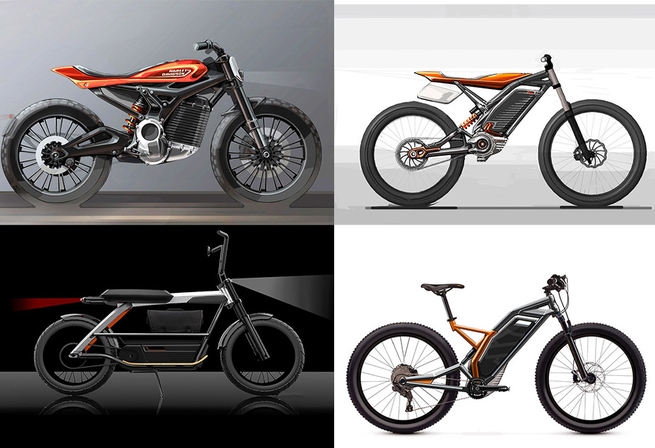
If this was a game of Texas Hold ’Em, this move is known as being All In. You get all the chips you have left and you push them all into the pot, and then you pray to whatever gods you believe in that the hand you’re holding is better than the hands the other players are holding.
It’s a very bold move.
Why? Well, because the models Harley is proposing to deliver (and these few are just the tip of the promised iceberg to come) must compete in specific niches with some truly stunning and well-established motorcycles produced by companies with far deeper pockets than Milwaukee might have.
Milwaukee has realised, hopefully in time, that if it is to survive, it can no longer be a one-genre motorcycle company.
And because I love the marque, I hope its play is successful.
It’s electric bike, the LiveWire, which I rode in Sepang a few years ago, is slated to arrive in dealerships next year.
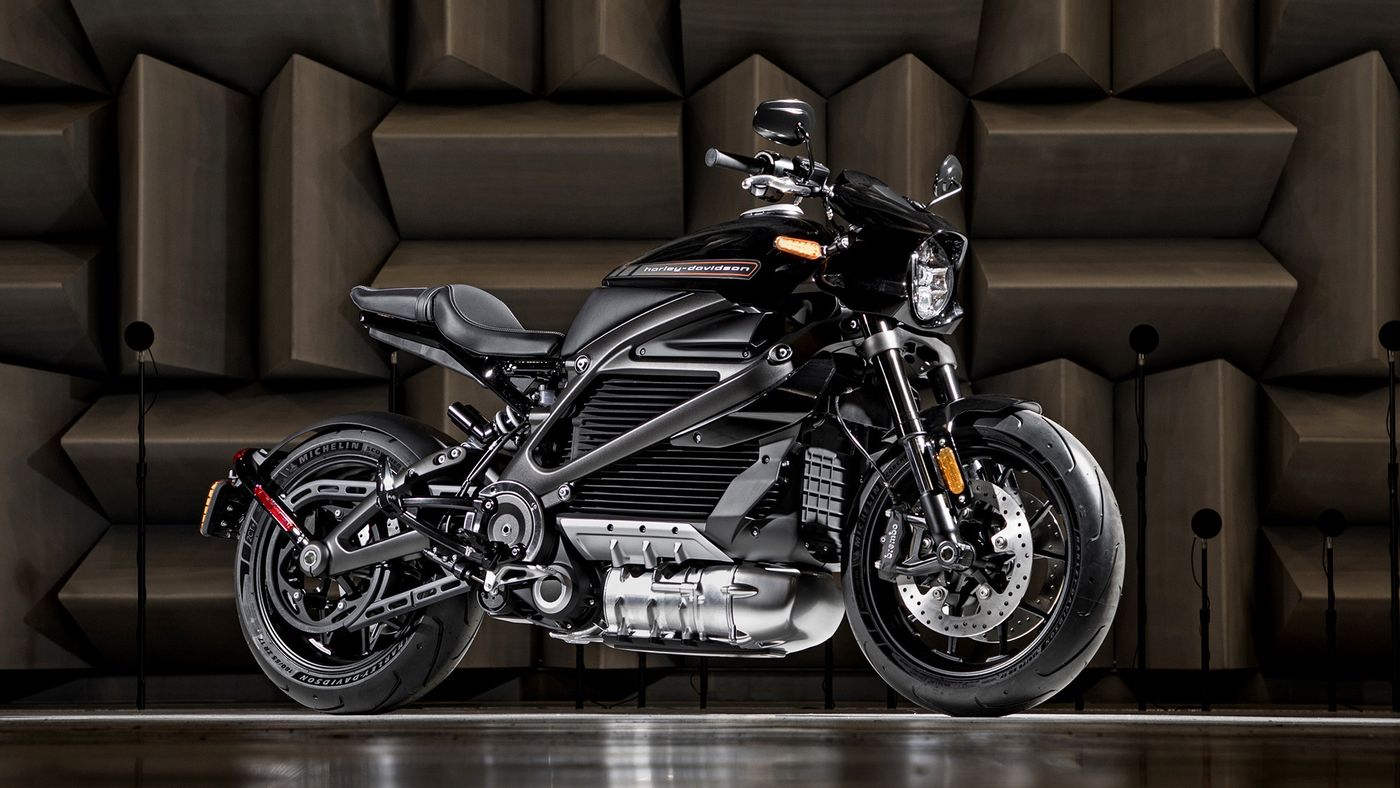
There is also something called a Custom 1250 Prototype (which looks to be a toughed-up Bobber), a Streetfighter Prototype (bearing a strong resemblance to the canned Sportser-engined XR1200 of a few years ago), and most surprisingly (though not from a marketing standpoint because Adventure bikes are a growing niche), an Adventure bike dubbed the Pan America 1250 Prototype – and while social media has condemned the mock-up as an ugly beast, I reckon it looks magnificent.
How quickly we have forgotten what a busted sand-shoe the original BMW GS was when it appeared. And it’s still not going to win any awards for beauty.
It’s an Adventure bike. It’s meant to look tough and able and eternal. And the Pan America certainly ticks those boxes.
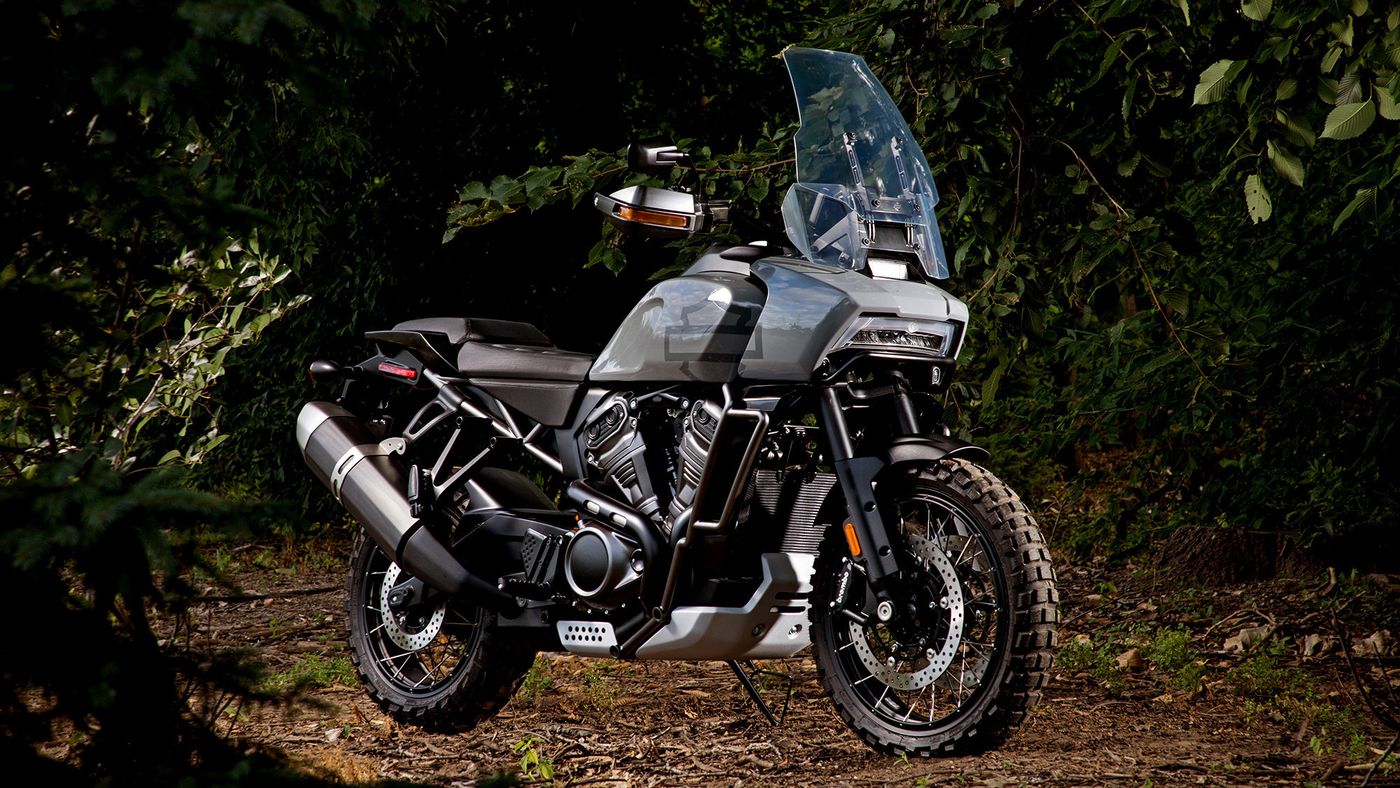
There are also more models coming. There is something called the Bronx, which I hear is going to be a stripped-down version of the Streetfighter Prototype.
All these bikes will have new engines – and if they’re going to compete with the established brands, those engines will have to be marvellous and top-notch. As will the attendant running gear, IE. Gearboxes, brakes, suspension and electrics.
I reckon Harley is certainly going to give this a good crack because it has no alternative other than to keep selling ever-declining amounts of Softails and Sportsters until it’s just not viable to do even that. Then it’s down to selling T-shirts.
The question is can Harley-Davidson have a good crack at this? Does it have the engineering ability to produce motorcycles that can compete in utterly alien-to-Milwaukee niches?
I honestly don’t know. But I do know that kind of ability can be bought if it doesn’t exist at Milwaukee HQ.
Harley has tried various non-traditional models in the past. The Buell, for example. It failed. Not because it was a crap bike, but because the timing was not right. People were just not ready for a Harley that went pretty hard and handled really quite well. I guess the customer base at that time was still happy to keep riding Ultra Glides, buying bandannas and pretending it was a pack of Hells Angels.
That customer base is no longer relevant.
And Harley has pushed all of its chips into the middle of the table.
I can’t wait to see how this turns out.
By Boris Mihailovic
